Planting Seeds in Outer Space: A Study on Flower Growth and Development
With incessant advancements in technology and human understanding, the frontier of space exploration is forever being redrawn. Among the various mysteries the cosmos holds, many opportunities present themselves for biological experiments in unique environments and challenging conditions—one such area of study being the effects of space travel on plant life, particularly flower growth and development.
Why is it Cucial to Study Flower Growth in Space?
Understanding the effects of space travel on botanical life has tremendous importance in the field of space biology. It holds significant implications not only for the botanical understanding but also for the potential of sustainable food production during lengthy space missions. Especially with the probable plans for manned Mars missions, the ability for self-sustenance in regard to food production becomes vital.
The History of Botanical Space Research
Studies on flower growth in space trace back to as early as the Apollo missions, with seeds carried on Apollo 14 in 1971. The seeds orbited the moon and were then distributed around the world and grown alongside control groups. This unique experiment recorded no discernible differences between the growth of the two sets of plants.
Fast forward to 2015, one of the most significant studies involved testing the growth of flowering plants in space with a plant called Arabidopsis thaliana. It was onboard the international space station (ISS) where plants were exposed to altered gravity and lighting conditions. The results of this experiment proved to be significant as it was observed that the flowers adapted to the space environment by changing the direction of their growth to compensate for the lack of gravity.
Interpreting Results and Future Implications
The scientific revelations from these space-based botanical experiments bring forth exciting possibilities for future space exploration. The alterations in plant growth signal the ability of life to adapt to the most extreme conditions.
However, there are still many challenges. The primary obstacles involve understanding the effects of long-term weightlessness, increased levels of radiation, and the potential changes in internal circadian rhythms on the development of plants.
Current Research and Theories
Current research is focused on exploring the biochemical and genetic alterations that allow plants to adapt to gravity anomalies. Scientists are working on genes specific to influence plants' gravitational responses, and their manipulation might pave the way to creating plants specifically engineered for growth in space.
The possibility of managing life in space isn't just essential for sustenance but also for maintaining mental health. The sight of blooming flowers might provide a psychological boost to the astronauts during prolonged space travel, making this field of study important in more ways than one.
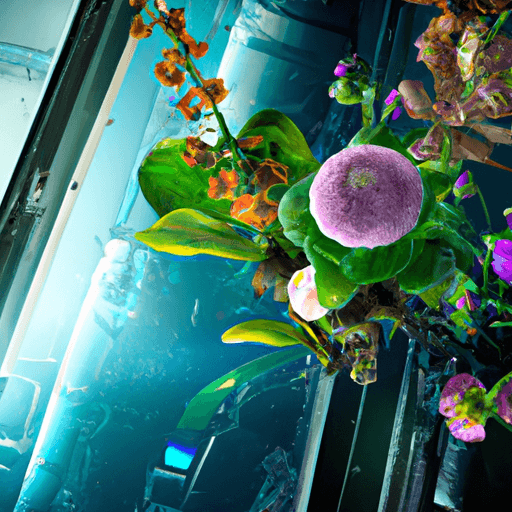
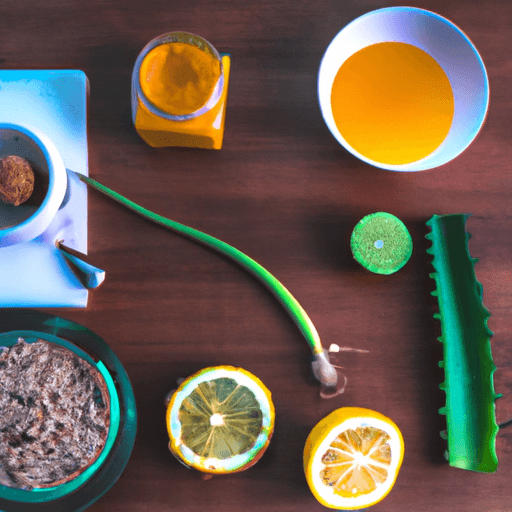
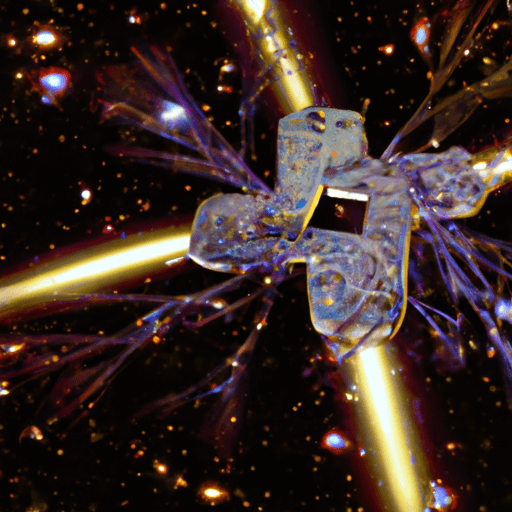
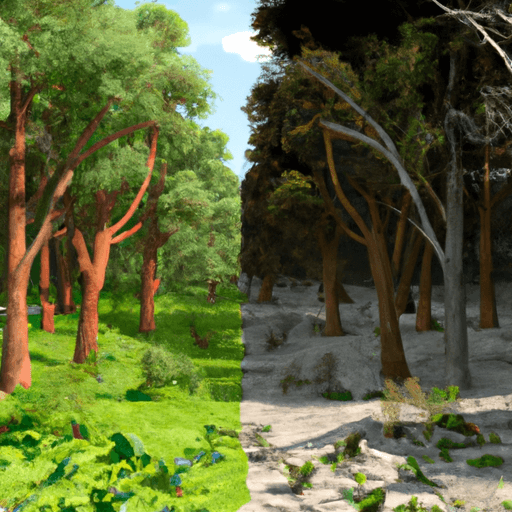


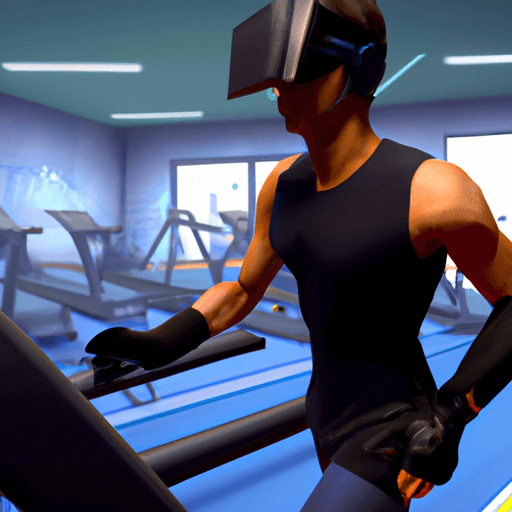



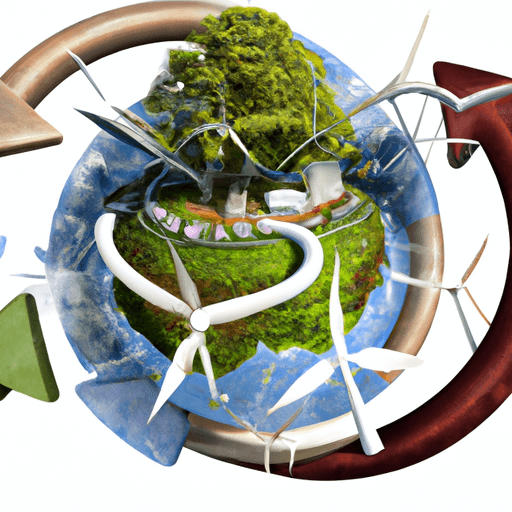
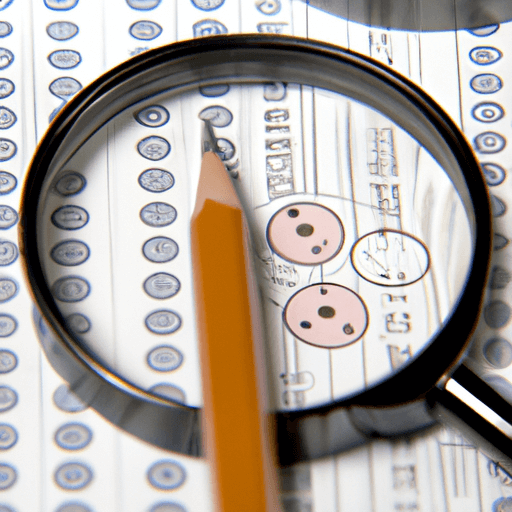
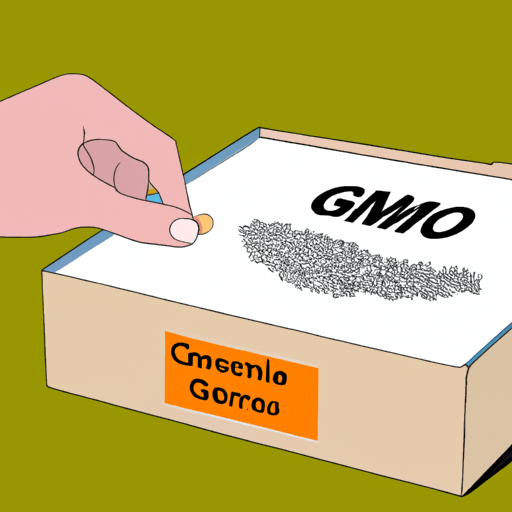

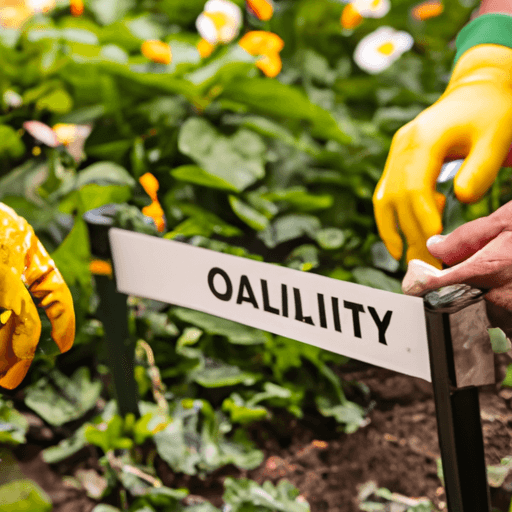

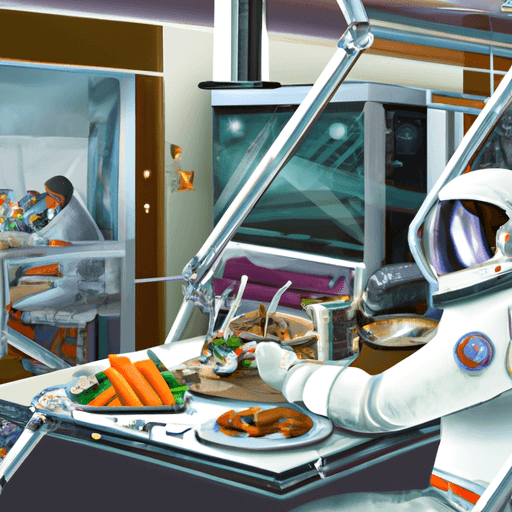
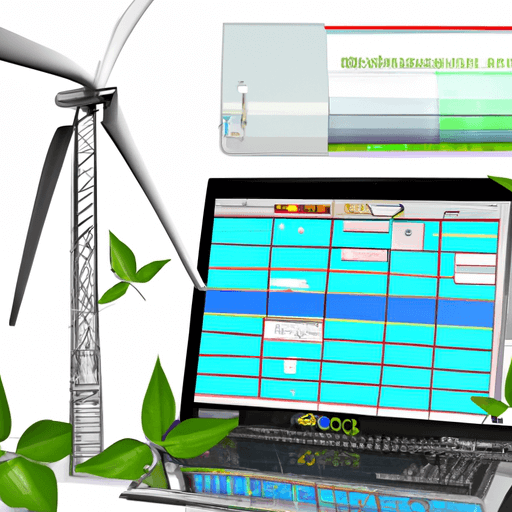

Comments
Leave a Comment